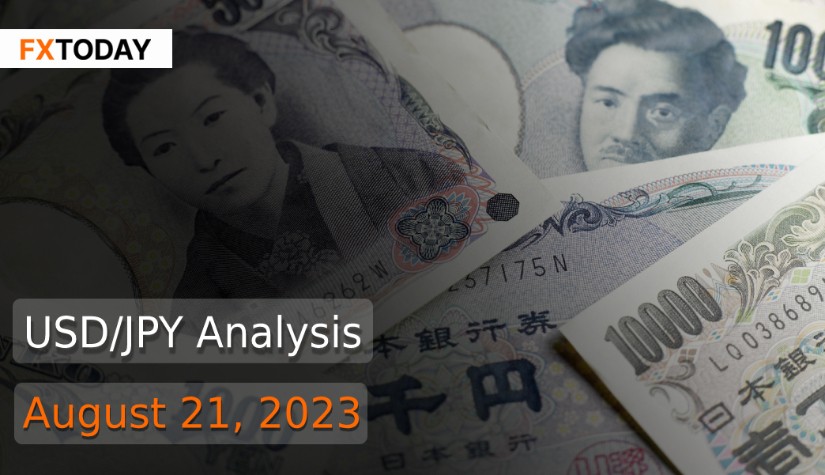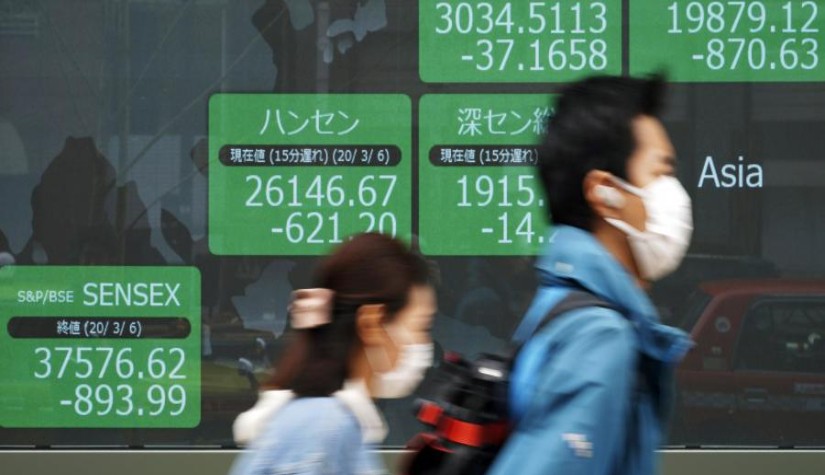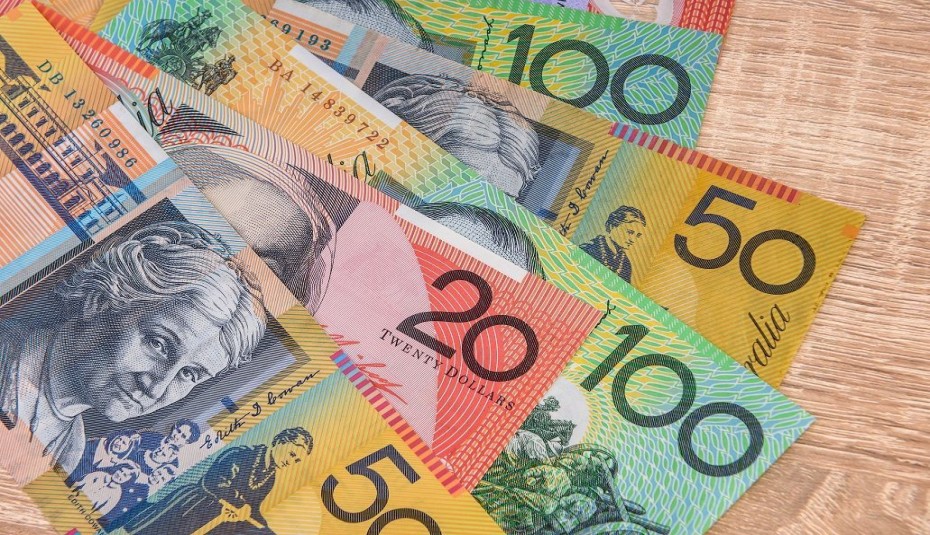Japanese Inflation Rises on Weaker Yen, BOJ Pressured
In July, Japanese consumer inflation exceeded expectations due to a weaker yen increasing import costs, adding pressure on the Bank of Japan (BOJ) to tighten its policies. Despite this, consumer prices slowed, implying the BOJ might not rush to phase out monetary easing. The consumer price index rose by 3.1%, matching market forecasts and maintaining above the 2% BOJ target for the 16th consecutive month. The core-core inflation index, excluding fresh food and energy, accelerated to 4.3% year-on-year in July.
July's inflation was driven by steady consumer spending on non-durable goods, recreation, and resurgent tourism, supporting a robust economy. This spending contributed to a stronger-than-expected second-quarter GDP reading. However, analysts warned that this boost might be temporary due to slowing demand in China, affecting Japan's exporters.
Though government subsidies helped control electricity prices and inflation, price pressures are expected to rise as the subsidy effects integrate into the economy. The yen's weakening against the dollar led to increased import costs, intensifying inflationary pressures. This puts more pressure on the BOJ to move away from its ultra-dovish policy, even as it widened its yield curve control policy in July.
The BOJ's Governor emphasized keeping the policy ultra-loose until domestic demand and wage growth drive inflation, despite signs of service-led inflation acceleration. Food costs, driven by high raw material prices, contributed significantly to overall inflation.
Japan's exports fell for the first time in almost 2.5 years, reflecting weakened demand for oil and chip-making equipment, particularly in China. This raised concerns about a global recession. Despite this, capital expenditure rose in June, though core orders are expected to decline due to weak offshore demand.
Around 40% of Japanese firms expected the BOJ's recent policy adjustments to impact their fundraising, highlighting their sensitivity to changes after years of easing. This adjustment raised concerns about higher borrowing costs, potentially shifting from decades of low rates.
The yen's depreciation, while helping exports, also prompted concerns about intervention by Japanese authorities, given the past year's heavy interventions.
The dollar remained steady on Friday but was poised for its fifth consecutive week of gains, marking its longest winning streak in 15 months. This rise was driven by a preference for safer assets due to concerns about China's economy and expectations of sustained high U.S. interest rates.
Market attention was focused on a speech by Federal Reserve Chair Jerome Powell. Analysts are particularly interested in whether Powell will indicate a need for further policy tightening to address inflation or if progress has been sufficient to maintain current interest rates. Additionally, there is anticipation about any hints regarding the possibility of rate cuts in 2024. As per Investing.com's fed rate monitor tool, traders are indicating an 89% likelihood of the Federal Reserve maintaining rates at their current levels during the upcoming September meeting. Hence, unless Japanese authorities intervene, it is anticipated that the yen will remain under pressure in the upcoming period.
Data for Technical Analysis (1H) CFD USD/JPY
Resistance : 145.57, 145.67, 145.82
Support : 145.27, 145.17, 145.02
1H Outlook
Source: Investing.com
Buy/Long 1 If the support at the price range 145.17 – 145.27 is touched, but the support at 145.27 cannot be broken, the TP may be set around 145.69 and the SL around 145.12, or up to the risk appetite.
Buy/Long 2 If the resistance can be broken at the price range of 145.57 – 145.67, TP may be set around 145.82 and SL around 145.22, or up to the risk appetite.
Sell/Short 1 If the resistance at the price range 145.57 – 145.67 is touched, but the resistance at 145.57 cannot be broken, the TP may be set around 145.28 and the SL around 145.72, or up to the risk appetite.
Sell/Short 2 If the support can be broken at the price range of 145.17 – 145.27, TP may be set around 145.02 and SL around 145.62, or up to the risk appetite.
Pivot Points Aug 21, 2023 02:26AM GMT
| Name | S3 | S2 | S1 | Pivot Points | R1 | R2 | R3 |
|---|---|---|---|---|---|---|---|
| Classic | 144.88 | 145.02 | 145.28 | 145.42 | 145.69 | 145.82 | 146.09 |
| Fibonacci | 145.02 | 145.17 | 145.27 | 145.42 | 145.57 | 145.67 | 145.82 |
| Camarilla | 145.43 | 145.47 | 145.51 | 145.42 | 145.58 | 145.62 | 145.66 |
| Woodie's | 144.94 | 145.05 | 145.34 | 145.45 | 145.75 | 145.85 | 146.15 |
| DeMark's | - | - | 145.35 | 145.46 | 145.76 | - | - |
Sources: Investing 1, Investing 2
Maximize your knowledge: Blog
















